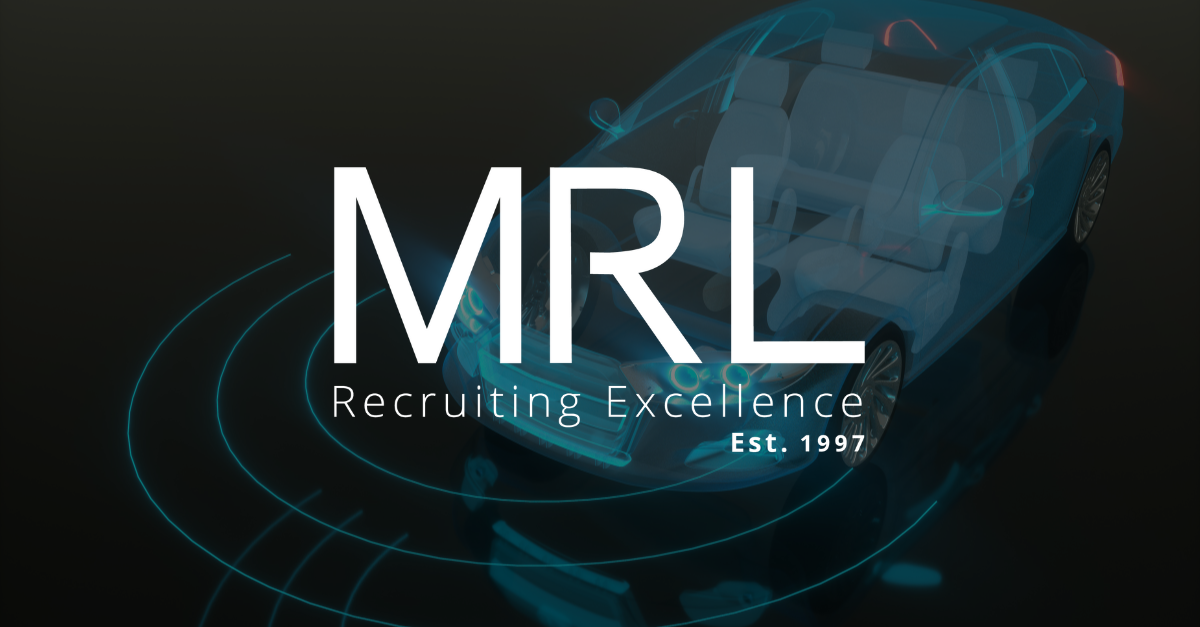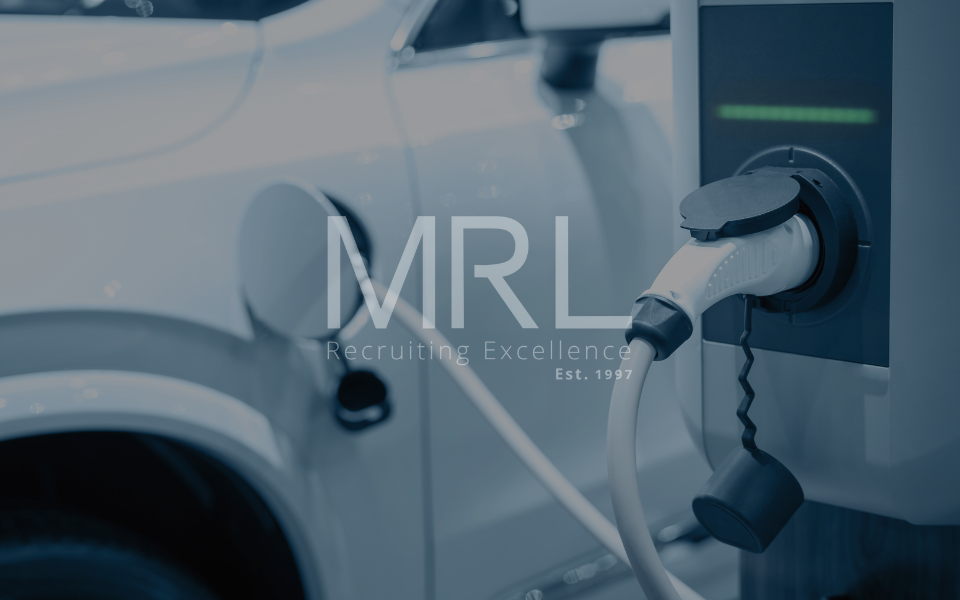LIDAR Sensor Integration in Autonomous Vehicles Platforms
31 Jul, 20235 minutesLiDAR (Light Detection and Ranging) sensors play a critical role in enabling autonomous vehi...

LiDAR (Light Detection and Ranging) sensors play a critical role in enabling autonomous vehicles to navigate and interact with their surroundings. However, integrating LiDAR sensors into autonomous vehicles presents a set of intricacies and challenges that need to be addressed effectively.
This article explores the various types of LiDAR sensors used in autonomous vehicles, the process of integrating them into vehicle platforms, and the challenges involved. Additionally, it offers best practices for optimizing LiDAR sensor integration, paving the way for the widespread adoption of autonomous vehicles.
What are the different types of LiDAR sensors in autonomous vehicles?
In autonomous vehicles, LiDAR sensors play a crucial role in perceiving the surrounding environment. They use laser beams to measure distances and create detailed 3D maps of the surroundings. There are primarily five types of LiDAR sensors used in autonomous vehicles.
Mechanical LiDAR
Also known as spinning or rotating LiDAR, mechanical LiDAR sensors consist of a rotating assembly that emits laser beams in different directions. The rotating mechanism allows the sensor to scan the environment in a 360-degree field of view.
Mechanical LiDAR sensors were among the first to be used in autonomous vehicles and are known for their reliability. However, they tend to be larger, heavier and have a slower data acquisition rate compared to other types.
Solid-State LiDAR
Solid-state LiDAR sensors utilize microelectromechanical systems (MEMS) technology or other solid-state methods to generate and steer laser beams without any moving parts.
These sensors are generally smaller, lighter, and more durable than mechanical LiDARs. They can have a wide field of view and provide fast data acquisition rates. Solid-state LiDARs are becoming increasingly popular due to their compact size and potential for integration into various vehicle designs.
Flash LiDAR
Flash LiDAR sensors, also known as time-of-flight (ToF) LiDAR, use an array of laser diodes to illuminate the entire field of view at once. They capture the reflected light in a single snapshot, allowing for the rapid acquisition of 3D point cloud data.
Flash LiDAR sensors are capable of providing high-resolution and real-time measurements, making them suitable for fast-moving applications such as autonomous driving. However, they can be relatively expensive compared to other LiDAR technologies.
Frequency-Modulated Continuous-Wave (FMCW) LiDAR
This type of LiDAR is an advanced technology that uses continuous laser signals with varying frequencies to measure distances and create detailed 3D maps. Unlike traditional pulsed LiDAR, FMCW LiDAR emits a continuous wave of laser light, allowing for more precise measurements and better detection of objects at different distances.
By analyzing the frequency shift between the emitted and received signals, FMCW LiDAR can accurately determine the range and velocity of objects. This technology offers high resolution, long-range capabilities, and the potential for integration into compact and cost-effective LiDAR sensors for various applications, including autonomous vehicles.
Hybrid LiDAR
Hybrid LiDAR sensors combine the features of different LiDAR technologies to provide a comprehensive perception solution. For example, a hybrid LiDAR may integrate a mechanical spinning LiDAR with a solid-state LiDAR or a flash LiDAR to leverage their respective strengths.
This combination allows for a wider field of view, high resolution, and faster data acquisition rates. Hybrid LiDAR sensors aim to provide a balance between performance, cost, and reliability.
Process of integrating LiDAR sensors into autonomous vehicle platforms
LIDAR sensor integration plays a critical role in autonomous vehicle platforms, enabling them to perceive, map, and navigate the surrounding environment. However, this technology does not work in isolation.
LiDAR sensors are typically integrated with other sensor technologies like cameras, radar, and GPS to create a comprehensive perception system. By combining data from multiple sensors, the vehicle can gather a more accurate and detailed understanding of its surroundings, allowing for safer and more efficient navigation.
The integration of LIDAR sensors in autonomous vehicles involves not only physical placement but also the integration of software algorithms to process and interpret sensor data. These algorithms enable the vehicle to extract meaningful information from the raw LIDAR data, such as object detection, classification, and tracking.
What are some challenges of integrating LiDAR sensors in cars?
The integration of LiDAR sensors in autonomous vehicles poses several challenges that need to be addressed for effective and reliable deployment.
Cost of LiDAR
Cost is one of the most significant challenges when it comes to LiDAR sensors, with high-performance ones being particularly expensive. The cost of integrating multiple LiDAR sensors in a single vehicle can add up significantly, making it a financial challenge for widespread adoption.
Balancing size & form with performance and looks
Size and form factor are two other challenges. Autonomous vehicles often require compact and streamlined designs. This makes it difficult to integrate bulky LiDAR sensors without compromising the vehicle's aesthetics and aerodynamics. Finding ways to miniaturize LiDAR sensors without compromising their performance is becoming crucial for the seamless integration of LiDAR sensors into vehicle platforms.
Achieving calibration and synchronization simultaneously
In autonomous vehicles, the calibration and synchronization of LiDAR sensors with other sensors in the vehicle's perception system play a vital role in ensuring reliable and accurate data. However, achieving this synchronization and maintaining calibration over time can be complex.
Perfecting real-time data processing
Another challenge in integrating LiDAR sensors in cars is data processing and interpretation. These sensors are required to generate large amounts of raw data in real-time. To do this efficiently, advanced algorithms and computational power are essential. However, developing algorithms that can extract meaningful information from the raw LiDAR data, such as object detection and tracking, remains a challenge.
Minimizing the impact of weather conditions on LiDAR performance
On the roads, autonomous vehicles will often be subjected to environmental factors such as rain, fog, and bright sunlight. These conditions can impact the performance of LiDAR sensors. For example, raindrops can scatter the laser beams, leading to reduced accuracy, while fog and bright sunlight can cause interference or signal attenuation. Ensuring the robustness and reliability of LiDAR sensors under different weather and lighting conditions can prove difficult.
Navigating complex road situations
Autonomous vehicles also encounter complex scenarios on the road, such as crowded intersections or construction zones. LiDAR sensors need to accurately detect and interpret multiple dynamic objects simultaneously, including pedestrians, cyclists, and other vehicles, to make safe and informed decisions. Handling the complexity of multiple moving objects and making accurate decisions based on LiDAR sensor data is a challenge that requires sophisticated algorithms and sensor fusion techniques.
Balancing range, accuracy, and resolution
The last challenge faced when integrating LiDAR sensors in autonomous cars is long-range performance. These sensors must be able to provide long-range detection capabilities without sacrificing accuracy and resolution. Detecting objects at a greater distance allows autonomous vehicles to have a longer reaction time and make informed decisions well in advance. However, achieving this while maintaining high accuracy and resolution remains an ongoing challenge in the field.
To address these challenges, continuous research and development in LiDAR technology, sensor fusion techniques, and software algorithms will be vital. As advancements are made, the integration of LiDAR sensors will become more efficient, reliable, and cost-effective, further accelerating the adoption of autonomous vehicles.
Best Practices for LiDAR Sensor Integration
When integrating LiDAR sensors into autonomous vehicle platforms, several best practices can help ensure optimal performance and functionality.
- Sensor Placement - Position sensors to provide a comprehensive field of view, minimizing blind spots and maximizing coverage of the surrounding environment. Considering the vehicle's design, aerodynamics, and potential occlusions (such as mirrors or pillars) is important during sensor placement.
- Sensor Fusion - Integrating LiDAR sensors with other sensor technologies like cameras, radar, and GPS can provide a more robust perception system. However, careful calibration and synchronization between the different sensors are essential for accurate data fusion.
- Data Processing and Algorithms - Develop efficient and reliable algorithms to process and interpret LiDAR sensor data. Using advanced signal processing techniques and machine learning algorithms can aid in optimizing the performance of LiDAR sensor integration.
- Environmental Robustness - Implement measures to address the various environmental conditions autonomous vehicles will face, such as robust filtering techniques or adaptive algorithms.
- Sensor Calibration and Maintenance - Calibrate LiDAR sensors regularly to maintain accurate measurements and reliable performance. Additionally, carrying out routine maintenance, like cleaning the sensors and ensuring proper connections, will help prevent the performance of LiDAR sensors from degrading over time.
- Testing and Validation - Rigorous testing and validation procedures should be implemented during the integration process, as this can help ensure the accuracy and reliability of the LiDAR sensor system.
- Scalability and Cost-Effectiveness - Exploring available options regarding smaller, more affordable LiDAR sensors that provide high-performance capabilities can help make integration economically viable.
By following these best practices, developers and engineers can optimize LiDAR sensor integration, enabling autonomous vehicles to effectively perceive their environment and make informed decisions for safe and efficient navigation.
Do you want to work with autonomous vehicles?
If you have a passion for cutting-edge technology and a desire to contribute to the future of transportation, a career in autonomous vehicles may be the perfect fit for you. As the demand for autonomous vehicles continues to grow, companies are actively looking for talented individuals to join their teams and drive innovation in this exciting field.
At MRL, we specialize in recruiting and placing talented individuals in exciting roles that they’re passionate about. If you’d like to learn more, get in touch with us today here.



